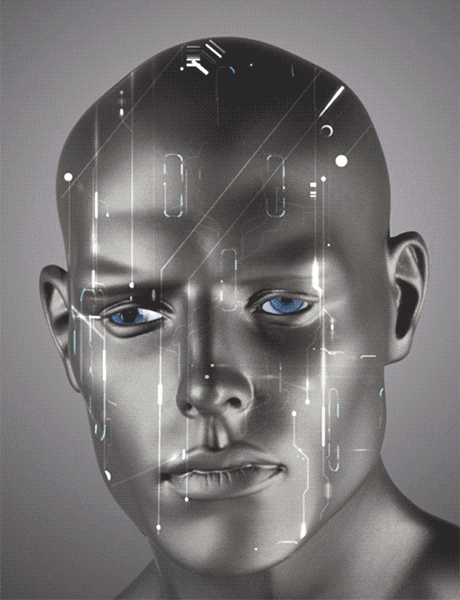The Graph, KubeCon+CloudNativeCon, X
Hype hype hpye, from AI to Web3
What a month. After traveling almost every week, I somehow found my way back, my luggage full of impressions.
I must conclude that AI is far more hyped at a management level than in the engineering corner. Looking back to KubeCon in Paris, it was opened, how it can be different, with a mini AI demo. To round this up, talk after talk, which was not from the community or updates, underlines that AI is a thing. Don’t get me wrong, it is a thing, but people are stuffed with AI. You see it in every corner, at every conference, and in every video. It is great an fantastic what can be achieved with it, when it really helps people. But for many use cases presented, it’s right now more a toy. I hope to see a change soon. However, when talking with engineers, it’s just yet another technology that needs to be implemented. Maybe it is because it is too far off or because the challenges in integrating GPUs and providing environments to make inferences are not that difficult.
I believe we will see this year already the hype turn into reality; we will see a market consolidation and many dreams bursting. Similar to previous years with NFT and Crypto, the whole thing will calm down. That is a chance to then finally talk about serious business and products that are not looking into making fast some money.
European Innovation Council
Talking about innovation, the EIC impact report was just released and the numbers are strong. In 2023, the EIC Fund concluded over 100 investments in deep tech companies worth around €1.2 billion.
Purple: Health Tech; Black: Clean Tech; Red: Digital Industry and Space
Also, Europe often lacks on investments and funding capabilities for startups and innovative ideas the EIC and its predecessors have created so far:
over 150 “centaurs” (valuation above of €100 million)
15 of whom have a valuation above €500 million
8 unicorns of whom have a valuation over €1 billion
Most of those are more like the hidden champions. That reflects very well the European market: we don’t have that huge big brand awareness (except in cars etc.), we have the technology experts, niche down on a single topic and no one else can compete there. But no one knows them, either. Who will find the next truly revolutionizing product/service from the heart of Europe?
Twitter/X - and the future of social networks
For 1.5 years, the bird has been running under the command of Master E. While this pushed the growth of users on Mastodon, Bluesky and later Meta/Instagrams Threads; none of them really can replace Twitter.
Are you dead yet? - Children of Bodom, Metal Band
Despite all the critics of Twitter’s new strategies and approaches dealing with questionable content and providing space for those who usually hide under the darknet - the Olymp hasn’t fallen. Many user and usage statistics around it are vague, but if we believe some of them, Twitter keeps growing its user base and monthly active users.
Is it because the unregulated space opened its doors for all the trash you don’t want to see? 🤷♂️
Bluesky, Mastodon & co do not really catch up. After an initial spike and scandal-driven shift of users, the number of posts and daily active users remained steady or dropped.
I’m actually tired. I like the short form of those tools, posting content that doesn’t fit a 100% into your professional account and other things. It would be great to have a solution that combines all platforms, such as a short message apps federation. What do you think?
The Graph
I recently learned about the Web3 project, The Graph, primarily developed by Edge & Node. Which problem does it solve? Without The Graph, you’d have to rely on basic read operations built into the blockchain. This works for simple scenarios, but becomes difficult for searching, aggregating, or meaningfully organizing data.
Imagine wanting to query NFTs in a wallet and filtering by a specific characteristic. You’d have to manually process countless events, read metadata from IPFS, and aggregate it yourself. Even a simple process like this could take hours or days to finish. Plus, you’d have to account for the fact that new blocks holding new transactions are constantly being added to the blockchain!
The Graph solves this problem and many more by indexing the world’s blockchain data in a decentralized way.
Essentially, The Graph organizes web3 data.
The future of Web3 is questionable, but I believe we need to evolve how we serve applications. Doing it the old way doesn’t seem to be right anymore. Companies focus and invest (wasting) a lot of money in basic infrastructure services rather than focusing on delivering true value.
But maybe also just our market is broken …
I hope you liked what you read.
See you later 👋





